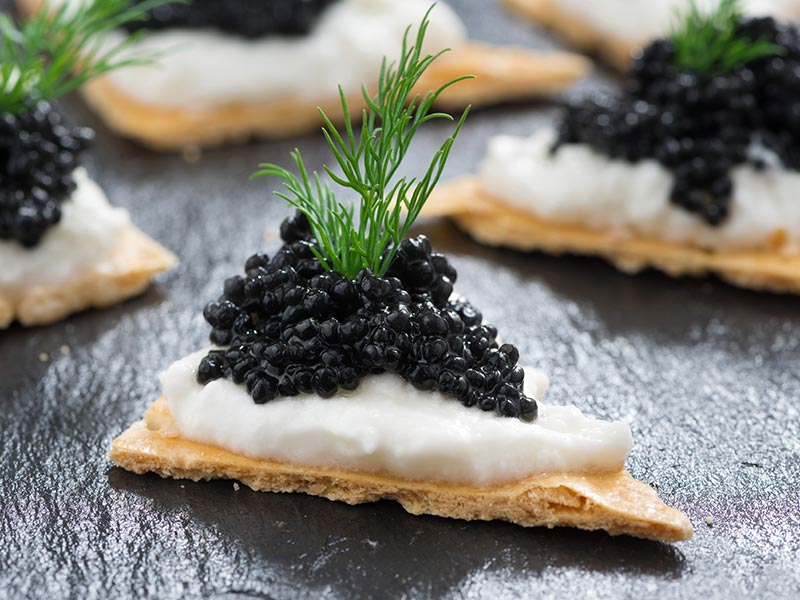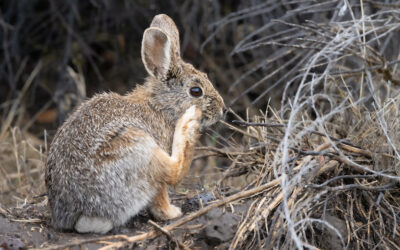Caviar, one of the world’s most luxurious delicacies, has a long and fascinating history that dates back to ancient times. Derived from the eggs (roe) of sturgeon fish, caviar was initially enjoyed by Persians and Russians, who believed it had medicinal properties. The word “caviar” itself is thought to come from the Persian word “khav-yar,” which means “egg-bearing.”
The sturgeon, native to the Caspian Sea and the Black Sea, was once abundant in these regions, making caviar a plentiful and popular food. Persians were among the first to consume caviar, believing it gave strength and endurance. Later, Russian tsars embraced caviar as a delicacy, serving it at royal banquets and cementing its status as a symbol of luxury.
Caviar’s introduction to the West came in the 19th century, when Russian aristocrats began exporting it to Europe. At first, caviar was relatively inexpensive and even served as a snack in American bars during the late 1800s! However, overfishing of sturgeon led to a rapid decline in sturgeon populations, making caviar rare and expensive by the early 20th century.
Today, caviar is synonymous with high-end cuisine and is often served at exclusive events and gourmet restaurants. The most sought-after varieties are Beluga, Osetra, and Sevruga caviar, each with its own unique flavor and texture.
In response to overfishing, sustainable caviar farming has become popular, allowing for sturgeon roe to be harvested without endangering wild populations. Despite these efforts, true wild caviar remains incredibly rare and is considered one of the most luxurious and expensive foods in the world.
Related Articles
The Science of Spring Equinox—A Balance of Day and Night
The spring equinox, which occurs around March 19–21, is a celestial event when day and night are nearly equal in length across the globe. This happens because the Earth’s axis isn’t tilted toward or...
The History of Green Beer—A St. Patrick’s Day Tradition
Green beer is a St. Patrick’s Day classic, but you might be surprised to learn that it wasn’t invented in Ireland—it was actually created in the United States! The first known instance of green beer...
The History of the Lucky Rabbit’s Foot—A Strange Superstition
The rabbit’s foot has long been considered a symbol of good luck, but its origins lie in ancient folklore and magic. Some cultures believed rabbits were supernatural creatures due to their burrowing...





